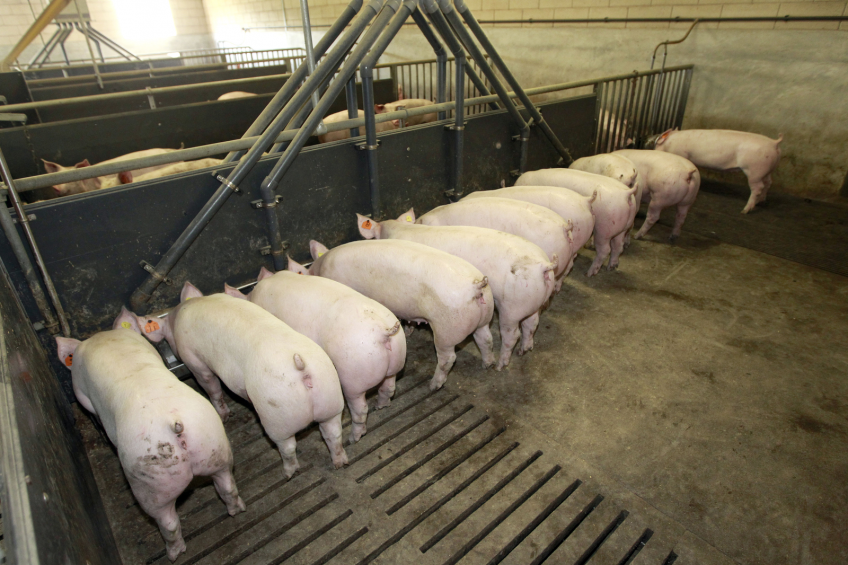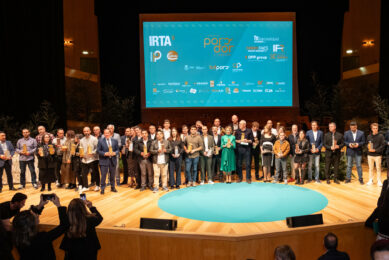IRTA: Strategies for improving pig feed conversion

Initial studies carried out on finishing pigs have allowed the identification of feeding strategies that improve Feed Conversion Efficiency (FCE).
That was reported in a recent press release by the Catalan research institute dedicated to agri-food research & development (IRTA), headquartered in Barcelona, Spain.
Comprehensive study
A comprehensive and novel study showed that increasing the precision with which feed is offered (by using more homogeneous groups of animals and up to 9 different feed formulations across the growing and finishing period) was beneficial compared to 2-phase or even 5-phase conventional feeding.
Other work also demonstrated that the use of exogenous enzymes in combination with liquid feeding and prolonged soaking of ingredients improved nutrient utilisation and productive results in finishing pigs.
Exogenous enzymes
In addition, several preliminary tests have also been carried out with a wide range of combinations of exogenous enzymes with the purpose of identifying those with a higher potential of improving FCE to be studied in the future. Also, work has been carried out in this respect on broiler chickens.
This work will further contribute to improved knowledge on how to optimise feeding strategies for pigs such that feed efficiency is maximised and ecological footprint minimised.
Feeding accounts for 70% of costs
IRTA reports that feeding accounts for around 70% of the cost of animal production. According to the institute, FCE is one of the key factors in cost-efficiency of production. For this reason European scientists are working on the ECO-FCE project, aimed at proposing strategies to optimise feed efficiency in monogastrics, while reducing greenhouse gas emissions and nitrogen and phosphorus excretion.
IRTA, as an ECO-FCE project partner, is carrying out studies to evaluate various feeding strategies in pigs and broiler chickens, targeting both the way feed is supplied and feed composition. The results obtained so far were presented at an industry workshop preceding the Annual European Federation of Animal Science (EAAP) Conference in Warsaw, Poland, in August.











